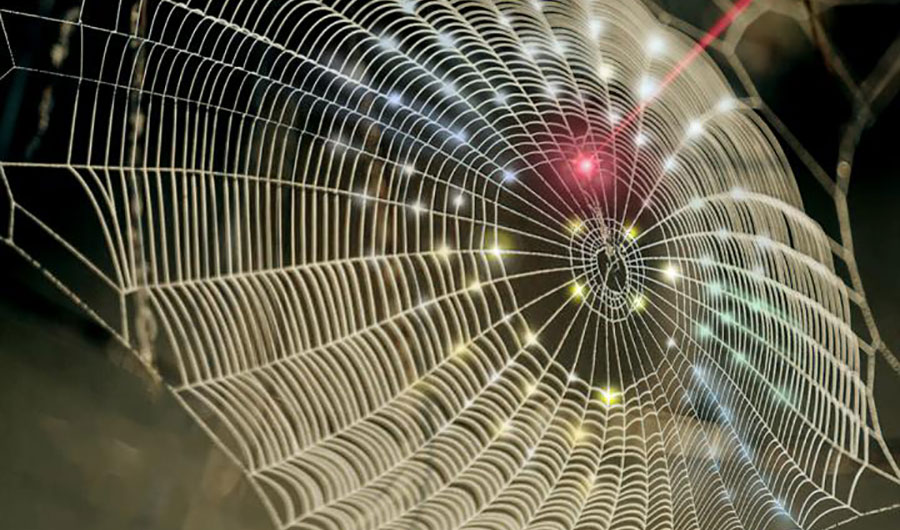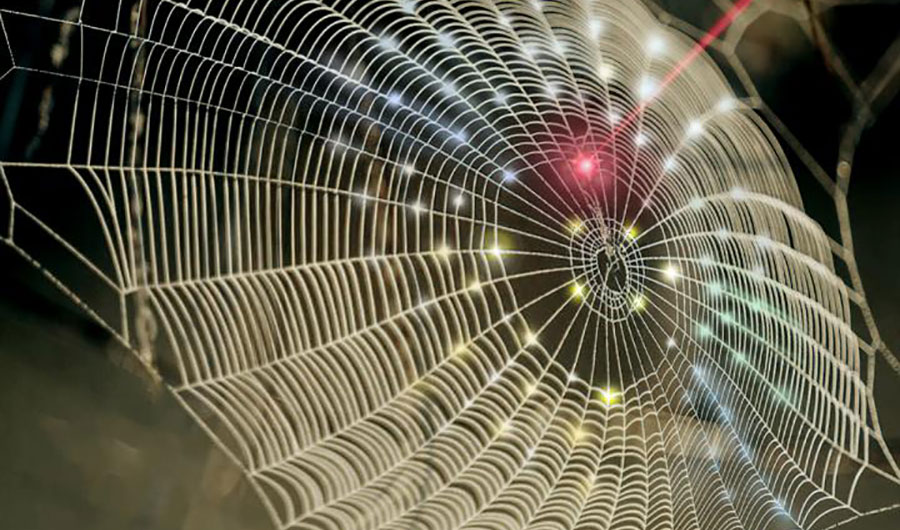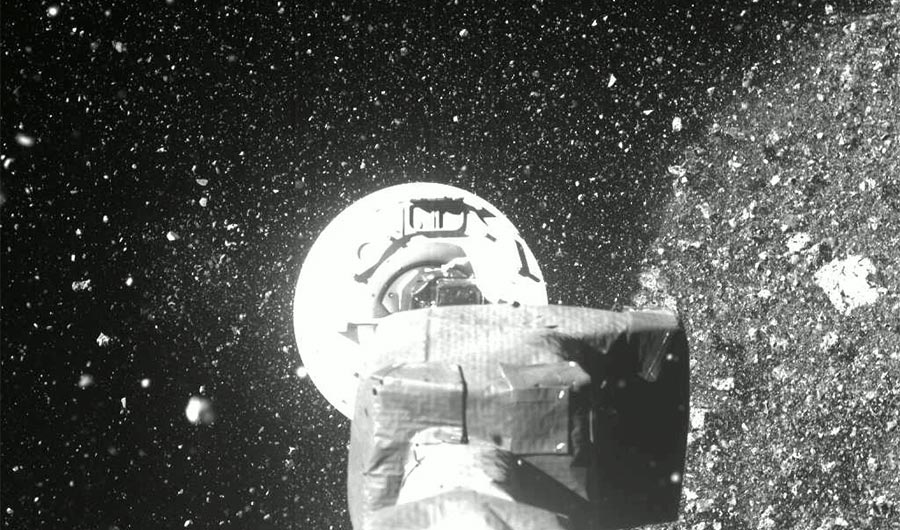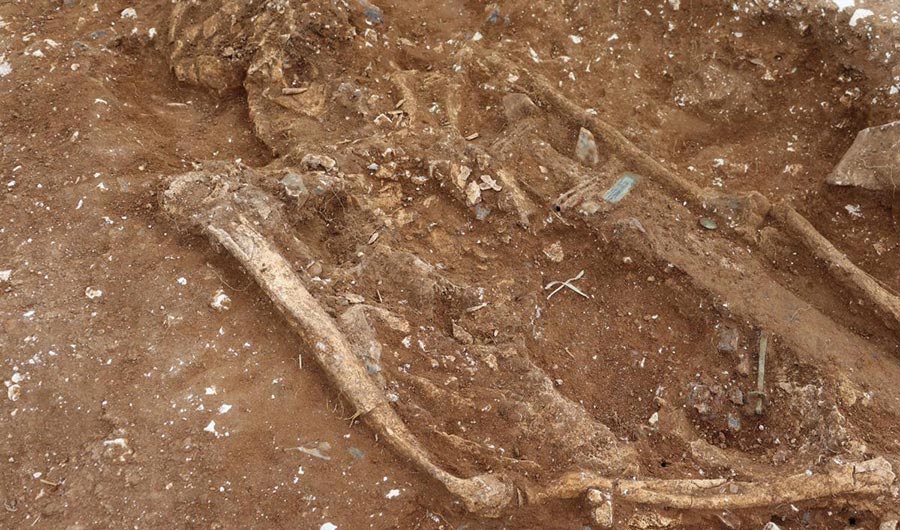October’s Spooky Science Pictures
This month in disquieting science.
(Inside Science) -- Scientific discoveries can dazzle with wonder, make your skin crawl with their weirdness, or sometimes do both. This month, we'll explore a few spooky and otherworldly revelations, including newly discovered creepy crawlies and unearthed old bones.







